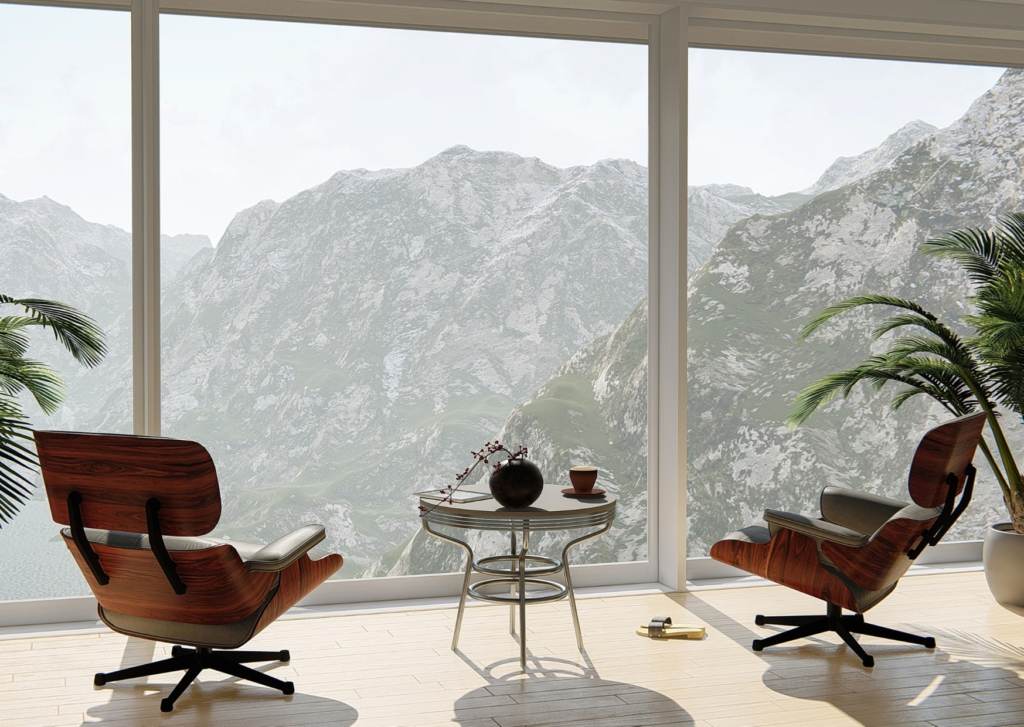Vintage v/s Retro
Whether in the field of interior design, cinema, music or fashion, the terms vintage and retro are words that come up very often, especially in recent years. They are terms that tend to be used interchangeably, since they both serve to designate something old. However, these two terms don’t really mean the same thing, so in order to better understand what is really vintage and what is really retro, we need to see what the difference is between these two words.
What is vintage?
Vintage is an English term that comes from the French word vendange. This term is basically used in the field of oenology (the study of wine) and refers to a vintage, i.e. a year in which production was remarkable. This word is particularly used for Port, which is a blend of wines from an exceptional vintage and aged for a certain period of time.
This etymological explanation of the word vintage tells us that vintage therefore evokes something original, produced at a certain time and which cannot be reproduced (otherwise it will not be vintage). So if you are looking for an object that is supposed to date from a certain period, the 1950s for example, but was produced afterwards, it is not a vintage object but a retro object.
What is retro?
The term retro is used to refer to something that is supposed to represent a certain era, but does not come from that era. Here again, you only have to look at the etymology of the word to understand it. Retro is a prefix found in words such as retrospective, retrograde or rear-view mirror, i.e. words that include the notion of looking or looking back.
It is therefore only logical that the term retro is used when one wishes to refer to something that is past, that no longer exists. A retro object will therefore be an object that recalls this past, such as a dial telephone that would be produced today: it is not vintage but has the same design.

The concrete difference between these two terms :
Thanks to the etymology of these two words, it is easy to understand that even if these two terms refer to the past, there is still a real difference. Understanding this difference makes it possible to know if the object in front of you (clothing, furniture…) is a retro object or a vintage object.
The term retro refers to something that existed in the past, but was not produced at that time. In order to revive this style, which belongs to the past, either we use objects that actually come from that time and will then be considered vintage, or we use a reproduction of this object, which will therefore not be vintage but retro.
Concretely, if for your interior decoration you decide to adopt a retro style, based for example on the 50’s, if the furniture you choose was made during that period, then it will be vintage. If, on the other hand, you buy an object in a modern shop, which is not vintage, it will not be vintage but a retro style inspired by the 50s.
Another way to differentiate retro from vintage
Distinguishing a vintage object from a retro object on the basis of whether or not the object dates from the period in question seems logical, but be aware that some people are not really happy with this differentiation.
So there is another way to define whether an object is vintage or retro, and that is simply to see to which period it belongs to. The term retro is used when an object, garment or material belongs to the period from the 1930s to the 1950s, it doesn’t matter if it comes from those periods or not, as long as it is retro in the style of that period. As for the word vintage, it refers to anything that belongs to the period from the 50s to the 80s, again it doesn’t matter if it was produced then or nowadays, as long as it is in the style of those years.
This differentiation may seem much simpler to understand, even if it doesn’t really matter whether the object in question was actually produced during that period.
The emergence of the word Vintage
The classification of the terms retro and vintage according to whether or not the object dates from the period it is supposed to refer to still seem more logical. In fact, the term vintage was first used in the fashion world in the 1990s to describe old clothes. To find these old clothes, one had to turn to the second-hand market (or in grandparents’ attics), since they were no longer produced. In the 90s, the most sought-after vintage pieces were those from the 50s.

Since the 90s, vintage fashion has never stopped growing, thanks to the numerous flea markets, which were previously reserved for antique dealers, and especially thanks to the birth of classified ad websites.
The emergence of the term retro
The term retro also appeared in the 1990s, but in the world of interior design this time, with the use of old advertising posters. It is also used in the world of fashion, as clothes and accessories that had disappeared, such as straps or the typical pencil skirt of the 50s, have made a comeback in wardrobes. As these objects are not period items, but rather items that have been brought up to date by designers, the term retro is used to describe them.
This craze for vintage or retro objects goes hand in hand with a certain nostalgia for those times. Certain fashion accessories or decorative objects from a certain era have a Proust madeleine effect on current generations, who have either experienced all this at a very young age or through a TV series or film. For example, a series such as Stranger Things plays a lot on nostalgia for the 80s, as does Mad Men, which has revived a certain appeal for the look of the 50s and 60s.


